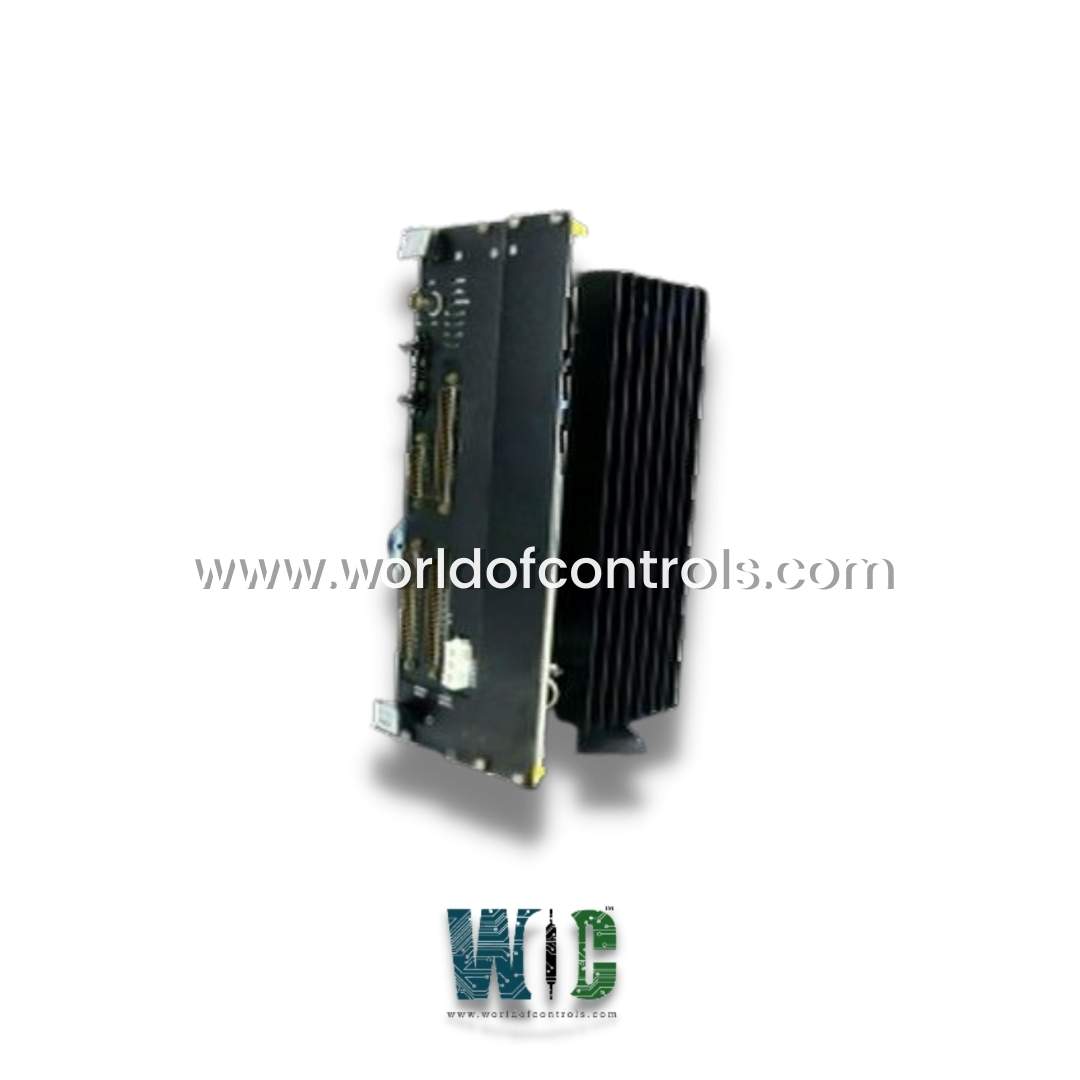SPECIFICATIONS
Part No.: IS200VPWRH1AGB
Manufacturer: General Electric
Country of Manufacture: United States of America (USA)
Number of channels: 8
Span: 0.3532 to 4.054 V
Temperature: -30 to +65 oC
Technology:Surface mount
Product Type: Turbine Protection Daughter Board
Availability: In Stock
Series: Mark VI
Functional Description
IS200VPWRH1AGB is a Turbine Protection Daughter Board developed by GE. It is a part of the Mark VI control system. It is a part of emergency overspeed protection system. Built-in redundancy and fault-tolerant design features enhance the reliability, ensuring continuous operation even in challenging operating environments. Seamlessly communicates with other system components, enabling coordinated action and comprehensive oversight of turbine operations.
Features
- It is equipped with four connectors or plugs, each serving specific functions within the system architecture. Among these connectors, a notable feature is a 3-position female plug positioned toward the rear of the board. This plug facilitates wiring connections to a corresponding 3-position power plug mounted onto the front faceplate of the board. These wiring connections are surface-mounted onto the board, enhancing accessibility and ease of installation.
- In addition to the power plug arrangement, the board features a single right-angled cable connector situated on its front edge, seamlessly integrating into the front panel. This connector design optimizes space utilization and ensures a tidy and compact layout within the system enclosure.
- Equipped with two 64-position female plugs, providing ample connectivity options for interfacing with external devices or components. These plugs offer versatility and compatibility with a wide range of system configurations, enhancing the board's flexibility and adaptability to diverse application requirements.
- It is important to highlight that the board does not incorporate any form of backplane connector. This design characteristic distinguishes it from other boards that may rely on backplane connections for interfacing with other modules or components within the system. Instead, the board's connectors and plugs are strategically positioned to facilitate direct wiring and connections, ensuring efficient and reliable operation within the system architecture.
Solenoid trip tests
- Online Trip Tests: The controller's application software enables online trip tests, allowing operators to manually trigger each trip solenoid individually. This functionality empowers operators to initiate trips either through the PTR (Primary Trip Relay) relays from the controller or the ETR (Emergency Trip Relay) relays from the protection module. During these tests, contacts from each solenoid circuit are wired back as contact inputs, providing a positive indication that the solenoid has successfully tripped. This real-time feedback mechanism ensures accurate and reliable testing of the solenoid functionality.
- Offline Overspeed Tests: In addition to online trip tests, the application software also provides primary and emergency offline overspeed tests. These tests are designed to verify the actual trip responses of the solenoids under simulated overspeed conditions generated by the software. By simulating overspeed scenarios offline, operators can verify the system's ability to respond effectively to critical events and ensure that the trip solenoids function as intended in emergency situations. This verification process enhances confidence in the system's performance and ensures its readiness to handle overspeed conditions when they occur.
- Key Benefits:
- Verification of Solenoid Functionality: The solenoid trip tests allow operators to verify the functionality of each trip solenoid individually, ensuring that they can reliably initiate trips when necessary.
- Real-time Feedback: The use of contact inputs provides operators with immediate feedback on the success of the trip tests, enabling prompt identification of any issues or anomalies.
- Simulation of Critical Events: The offline overspeed tests simulate overspeed conditions, allowing operators to assess the system's response and validate its ability to handle emergency situations effectively.
The WOC team is always available to help you with your Mark VI requirements. For more information, please contact WOC.
Frequently Asked Questions
What is IS200VPWRH1AGB?
It is a turbine protection daughter board developed by GE under the Mark VI series.
What does the protection module's triple redundancy entail?
The protection module features triple redundancy with three separate boards- R8, S8, and T8 (formerly X, Y, and Z). This ensures continuous operation, even if one board is powered down or replaced, enhancing system reliability.
How are test commands initiated and diagnostics monitored within the protection module?
Communications between the controller and the protection module enable the initiation of test commands and monitoring of Emergency Overspeed (EOS) system diagnostics, facilitated by the board.
